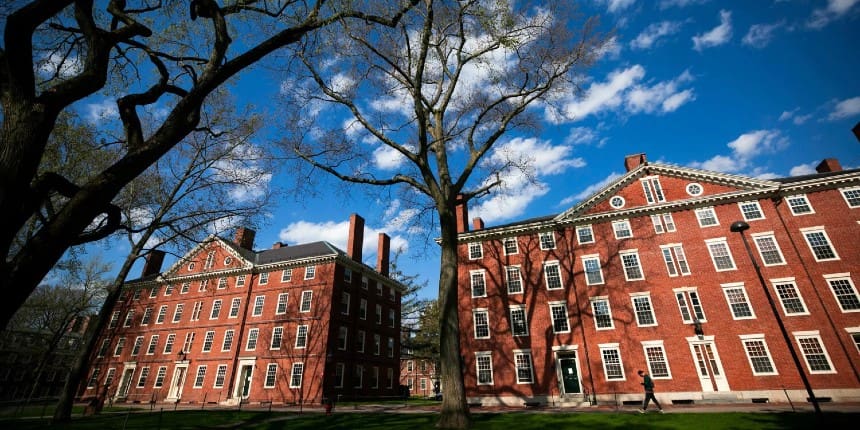Harvard University reports slight decline in Black students in wake of affirmative action ruling
Press Trust of India | September 12, 2024 | 07:23 AM IST | 3 mins read
Harvard University showed 14% of incoming students identified as Black, a drop of 4% from the class before it. Latino students made up 16% of the freshman class.

BOSTON: There was a slight decline in the number of Black students in Harvard University's freshman class, the first admitted since a Supreme Court ruling struck down affirmative action in higher education. The impact of the ruling is still coming into focus at selective universities around the country, with some reporting significant swings in the numbers of students of colour and others seeing little change.
In a case sparked by challenges to admissions plans at Harvard and the University of North Carolina at Chapel Hill, the court's conservative majority last year barred colleges from considering race, leaving many searching for new ways to promote student diversity.
Data released Wednesday by Harvard showed 14% of incoming students identified as Black, a drop of 4% from the class before it. Latino students made up 16% of the freshman class, an increase of 2% while Asian-American numbers remained the same at 37%. “We have worked very hard for many decades to ensure that students from every background come to Harvard and make a difference to their fellow classmates, the nation, and the world," William Fitzsimmons, dean of admissions and financial aid, said in a statement. “We will continue to fulfill our mission, even as we continue to follow the law with great care.”
For students of color, drops in their numbers can dramatically affect the campus environment, said Jeannie Park, the co-founder and a board member of Coalition for a Diverse Harvard. “Harvard must address why it fell short, especially compared to other colleges," Park said in a statement. "Practices such as reinstating test-optional applications and ending legacy and donor preferences — and much more — must be instituted asap.”
Also read Rutgers University task force recommends including caste as protected category in non-discrimination
Enrollment changes in other colleges
Richard Kahlenberg, director of the American Identity Project at the Progressive Policy Institute, said he welcomed the preservation of “robust levels" of racial diversity and questioned how Harvard adapted its admissions practices. “The million dollar question is whether Harvard achieved racial diversity legally, by giving a boost to economically disadvantaged students of all races or by cheating and employing covert racial preferences,” said Kahlenberg, who testified as an expert witness for the plaintiffs in the Harvard trial, Students for Fair Admissions.
The enrollment changes at Harvard mirror what has been seen at some other colleges, although the declines in the number of Black students have been sharper at some other schools. Massachusetts Institute of Technology saw the percentage of Black students drop from 15% to 5% while Amherst College saw a decline from 11% to 3%. At Tufts University, the drop in the share of Black students was closer to Harvard's data, falling from 7.3% to 4.7%.
UNC reported drops in enrollment among Black, Hispanic and Native American students in its incoming class. At Yale, the University of Virginia and Princeton, the change in the number of Black students year-over-year was less than a percentage point. Many colleges did not share the demographics of applicants, making it impossible to know whether fewer students of colour applied, or were admitted but chose not to attend.
Experts say the end of affirmative action is one of several factors that have shaped the makeup of freshman classes. Some colleges are changing standardised test requirements. And the federal government's botched rollout of a new financial aid form complicated decisions of students nationwide on where and whether to attend college.
Follow us for the latest education news on colleges and universities, admission, courses, exams, research, education policies, study abroad and more..
To get in touch, write to us at news@careers360.com.